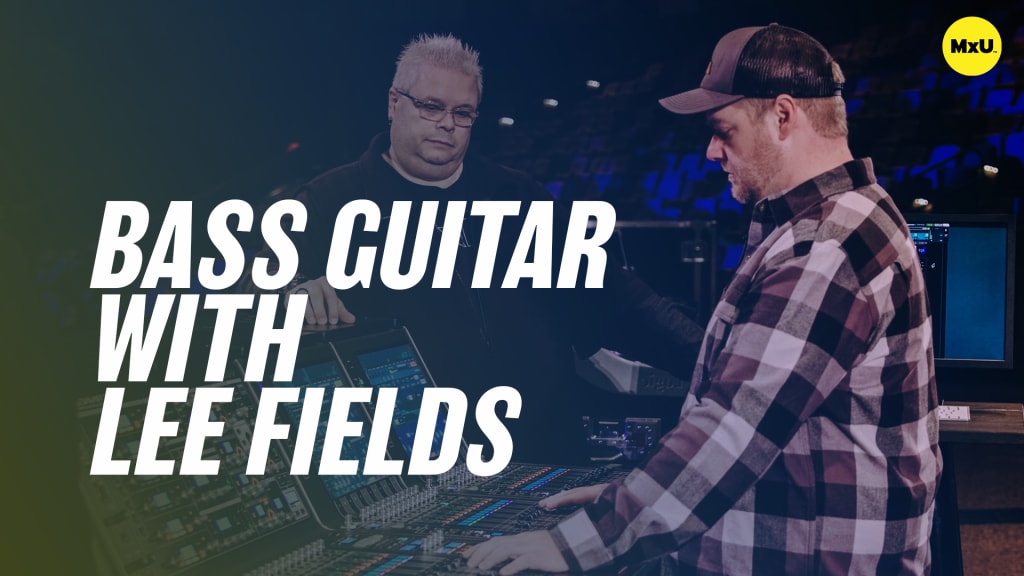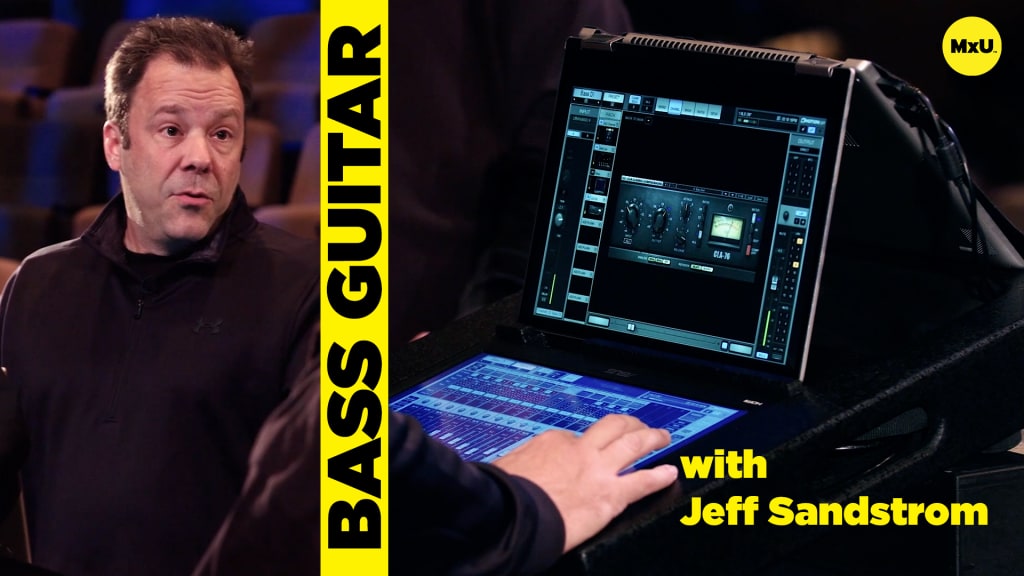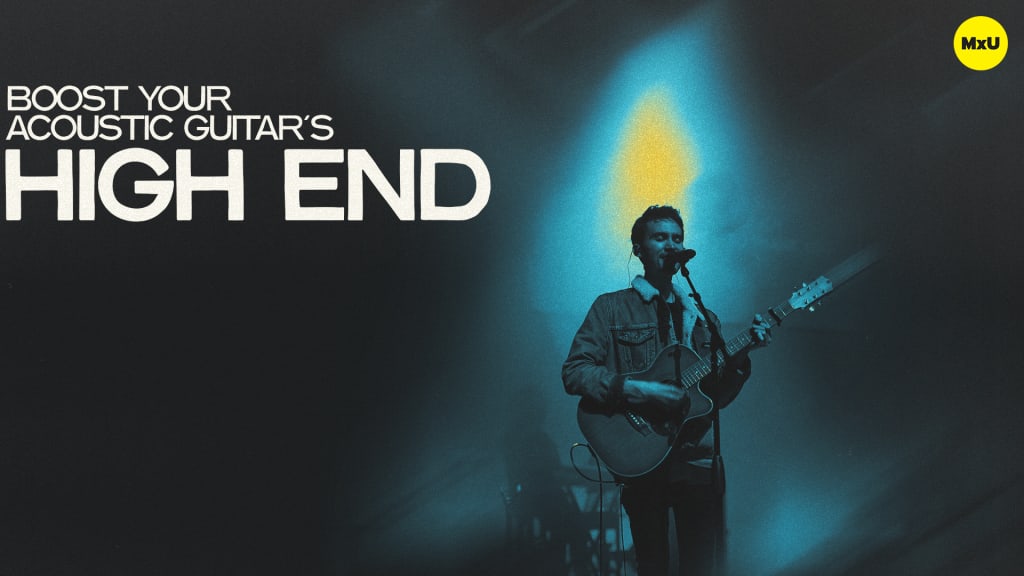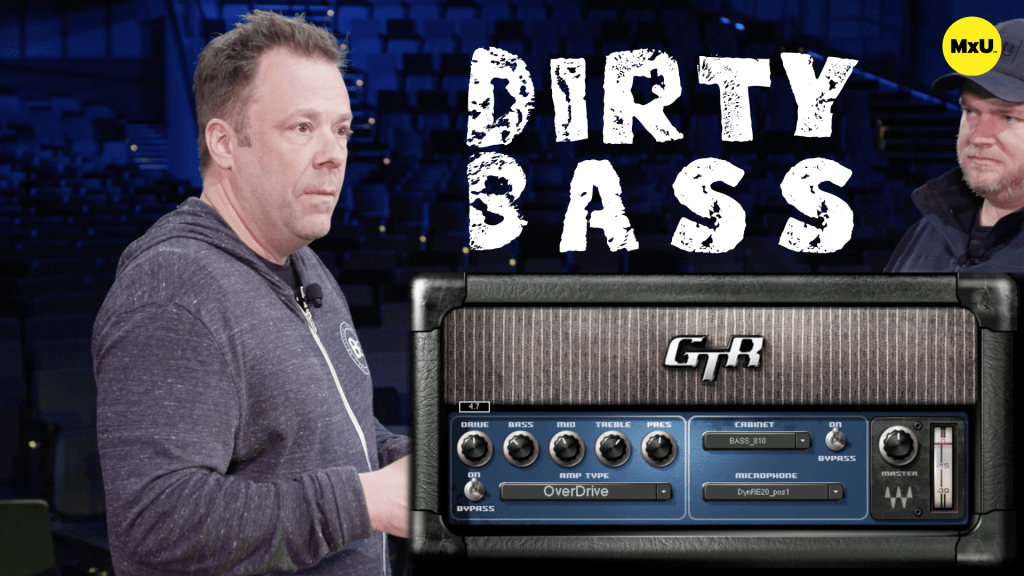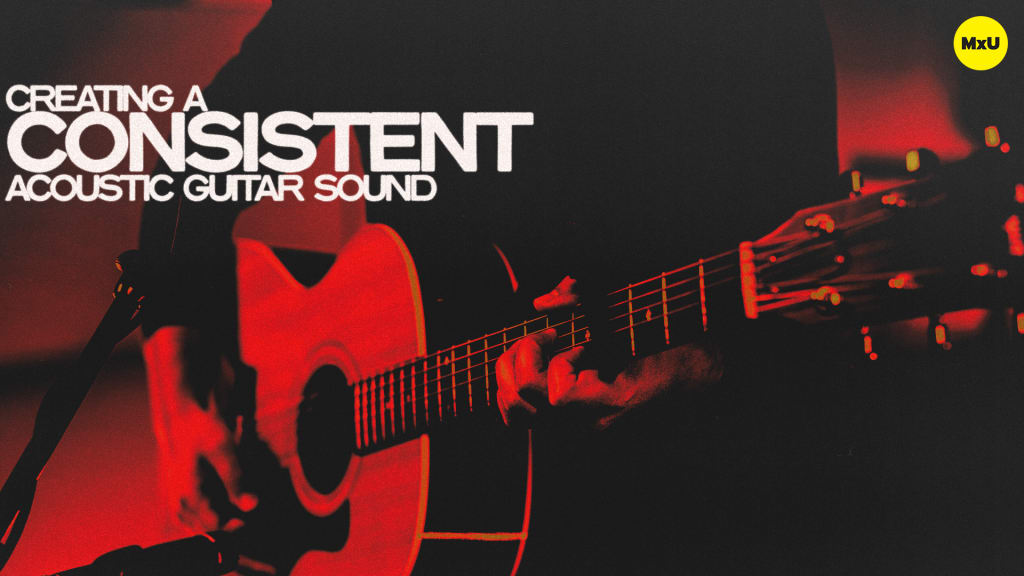Bass Guitar with Andrew Stone
No actions available
Andrew walks through how he mixes the bass guitar, following an established drum mix. The focus is on creating a cohesive and impactful sound that blends seamlessly with the rest of the band. Walk through the bass guitar chain, with various plugins and techniques to achieve the desired tonal quality and dynamic control.
Key Points:
- The bass guitar processing starts with a direct DI signal. Avoid using pedals or external processing to capture the pure sound of the bass and its pickups.
- Initial EQ settings are tailored to the song. Adjustments are made to tighten the sound and address room-specific issues.
- High-pass filtering is not for the guitar's tone. It's used to manage interference with high-end frequencies in other instruments, especially the drums.
- We use compression on the bass channel for basic leveling and protection against unexpected peaks. This is especially important during aggressive playing styles.
- The use of a tube emulator and the CLA 1176 model from Waves adds warmth and smoothness to the bass sound.
- A Distressor is used for extra compression. The focus is to hit it hard and control the output gently to avoid noise.
- The full bass signal chain is designed to be heavily compressed yet sound natural and unforced. It ensures the bass plays hard without overpowering the mix.
- A separate drive channel is used, employing an amp cabinet for distortion, to add an edge to the bass sound.
- This drive channel, combined with the main bass channel, allows for dynamic control. It adapts the bass presence to match the intensity of the song.
Courses
Categories
Audio
301
Team Videos
Premium Videos
Nothing added

